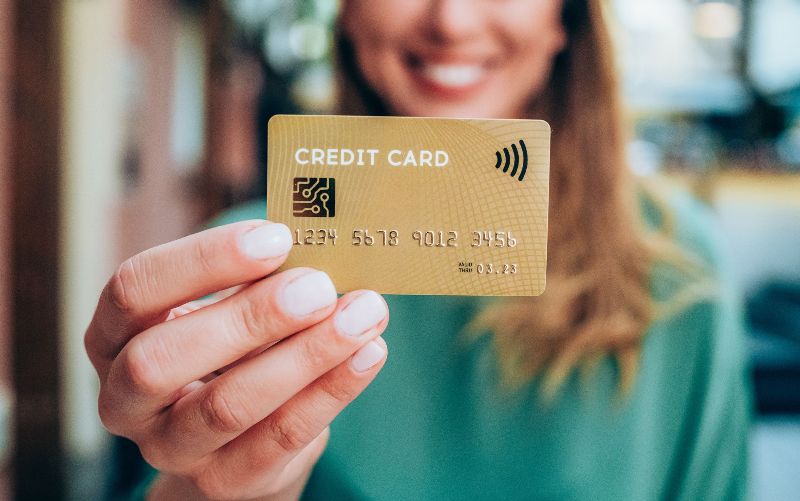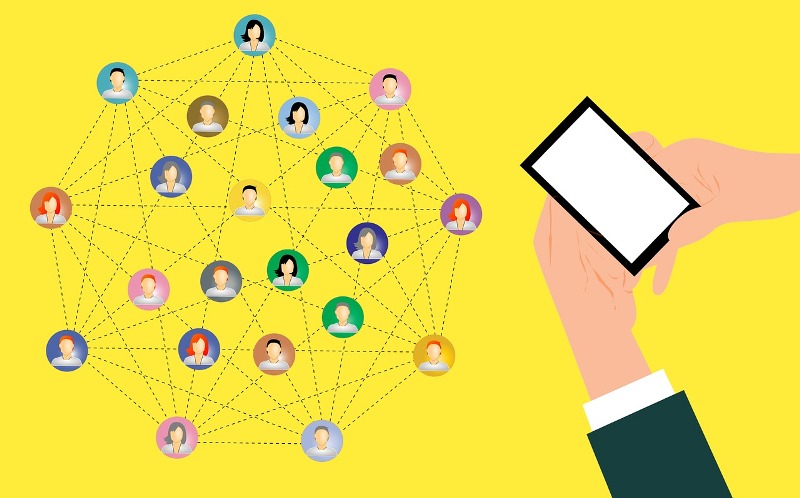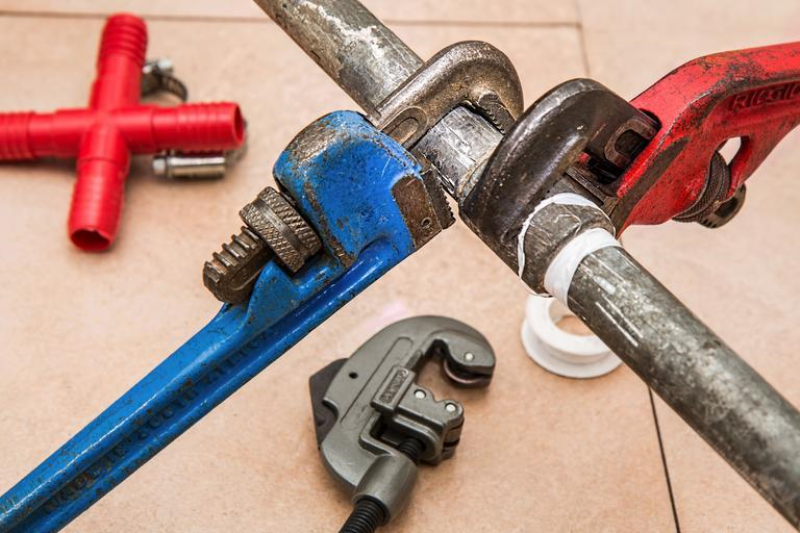Increasing the credit limit on your card certainly sounds like a good thing. However, users might be held back from jumping on this option because it might, in some cases, mean higher membership fees. While this is a good point and a fair reason to stick with your present credit limit, there is a world of savings and several advantages to be had by increasing your credit limit.
Understanding credit limit
First things first, it is important to ask yourself - “What is a credit limit?” A credit limit is the upper limit that you can spend on your credit card. So, if your credit limit is Rs. 2,00,000, you can swipe your card for purchases up to Rs. 2,00,000. Once you reach your credit limit, you need to pay off a portion of your dues before you can swipe further.
Your credit limit is also adjusted based on how much of your dues you have paid off. Let’s say you’ve spent Rs. 50,000 on your credit card, which has a credit limit of Rs. 2,00,000. You pay off about Rs. 35,000 of the amount due when you receive your credit card statement. You now owe only Rs 15,000. This amount will have a bearing on your credit limit, which now stands at Rs. 1,85,000.
Know about credit card payment
Now that you have understood what credit limit is and how it is impacted by your payments, you might ask: when are credit card payments due? Usually, your credit card payment is due on a fixed date every month. You need to pay off your entire prior balance in order to have access to the full credit limit on your card.
If you often find yourself falling short because you have a high amount of expenditure, you could definitely benefit from increasing your credit limit. In fact, there are a bundle of advantages that you can derive from scaling up your credit limit.
- Obviously, you will have access to a higher amount of credit. You’re less likely to feel the pinch when prior dues are deducted from your total credit limit.
- You will gain this access without having to damage your credit score in any way. This is not the same as not paying your credit card bill on time. This is an approved way of having better access to credit.
- In fact, low credit utilization is a factor that affects your credit score in the long run. By getting a higher credit limit, which you, in turn, use a lower percentage of, you will improve your credit score. Of course, the key here is to increase your credit limit while plateauing out your spending. This means that you will get loans easily, should you ever need a loan. In general, your creditworthiness improves with low credit utilization.
- In case of an emergency, you will have access to a higher amount of funds. These are uncertain times, and you never know what financial need you might find yourself in.
- A higher credit limit on one card means that you need to have fewer cards. This implies that you save on membership fees paid on multiple cards. You will pay a marginally higher sum on the one card, but you’re saving on all the taxes, surcharges and other fees that are part of the equation. Overall, if you do the math, you will notice that the amount paid out on multiple cards will be higher than the fees paid on a single card with a higher credit limit.
- You are also likely to get a higher amount of rewards and benefits on a single card with a high credit limit. You typically pay a higher fee, and this translates to improved features on a given card.
You can get a high credit limit when you opt for the Bajaj Finserv RBL Bank SuperCard. The card is available in 11 variants to suit a wide variety of needs. Go through the features and benefits to identify which card and which credit limit will work for you.









